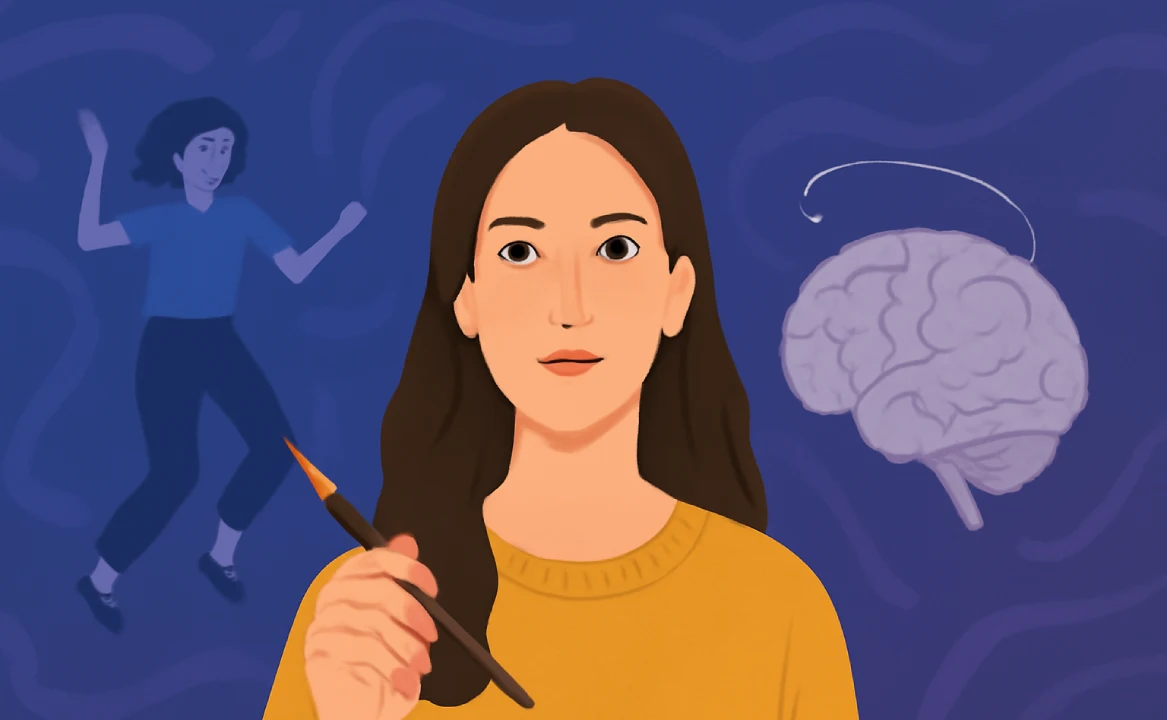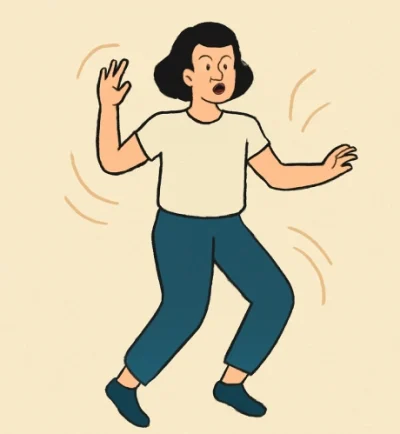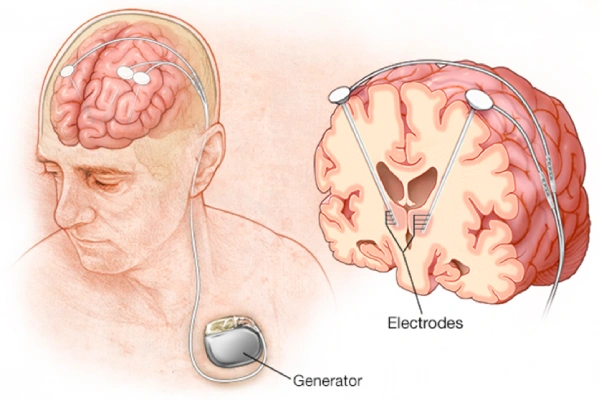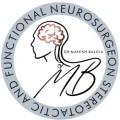When Red Blood Cells Turn Into Stars,- dancing cells, dancing body, the girl who outdanced her disorder
A rare condition twisted her body into constant motion. Doctors said little could be done — until a bold brain surgery “DBS” rewrote her story. This is a journey of science, resilience, and hope.
Life was colourful for a 25-year-old young woman — a gifted artist whose paintings could brighten the gloomiest of days. She had friends, ambitions, and the usual dreams of someone in their twenties. But one day, life decided to get… creative. Unfortunately, it used the wrong canvas — her own body.
She was diagnosed with an extremely rare condition called Neuroacanthocytosis Chorea — a tongue-twister of a name for a disorder where even her red blood cells couldn’t sit still. Instead of being smooth and round, these cells turned into spiky star shapes, like tiny rebellious rock stars, causing havoc in her nervous system.

The result? Involuntary muscle twitching, jerky dance-like
movements, tongue protrusion, trouble speaking, difficulty swallowing, and walking that felt like navigating an earthquake on stilts. In scientific terms it is called as “Chorea”. To make things worse, the disease also chipped away at her cognitive abilities and behaviour. It was as if her brain and body had joined a dance competition she never signed up for — and the music never stopped.
The downhill spiral
At first, she tried to fight it. Multiple hospital visits, endless tests, and hope that some medicine might calm the storm. But the symptoms worsened, and life as she knew it came to a standstill. Friends drifted away. The colours on her artist’s palette seemed to fade.

Then came a ray of hope — Deep Brain Stimulation (DBS), a sophisticated neuromodulation surgery where electrodes are implanted in precise brain areas to reset faulty circuits. It sounded like science fiction, but for her, it was worth the leap.
Against well-meaning but ill-informed discouragement from people around them, her family took the bold step. And for a while, it was nothing short of magic — a 70% improvement in her symptoms for almost a year. But as the disease progressed, the improvements faded. She saw multiple doctors to fine-tune her DBS device, but the results were disappointing.

Enter the challenge
When she came to my clinic, I saw more than a patient — I saw a challenge worth taking. Her eyes had a mix of hope and exhaustion. After careful examination, I found significant gaps in the way her DBS was programmed and managed.
We admitted her, provided comprehensive care, and carried out advanced neuromodulation reprogramming — meticulously adjusting the stimulation settings like tuning a delicate musical instrument. Slowly, the jerks eased, her speech improved, and her walk became steadier.
The bittersweet reality
She still lives with residual symptoms because Neuroacanthocytosis is relentless. And sadly, while she’s ready to embrace life, the world often struggles to embrace her back. But she continues to smile, paint, and find joy in the small victories.
In her own words: “Life didn’t ask my permission before throwing this at me. So why should I ask its permission to keep living?”
Her journey is a reminder — that sometimes, the dance we never wanted becomes the rhythm that shapes us. And that courage, backed by science, can help even when the music won’t stop.
Dr Manish Baldia MCh (CMC Vellore)
Functional Neurosurgeon
Parkinson’s and DBS specialist
Wockhardt Hospitals, Mumbai






